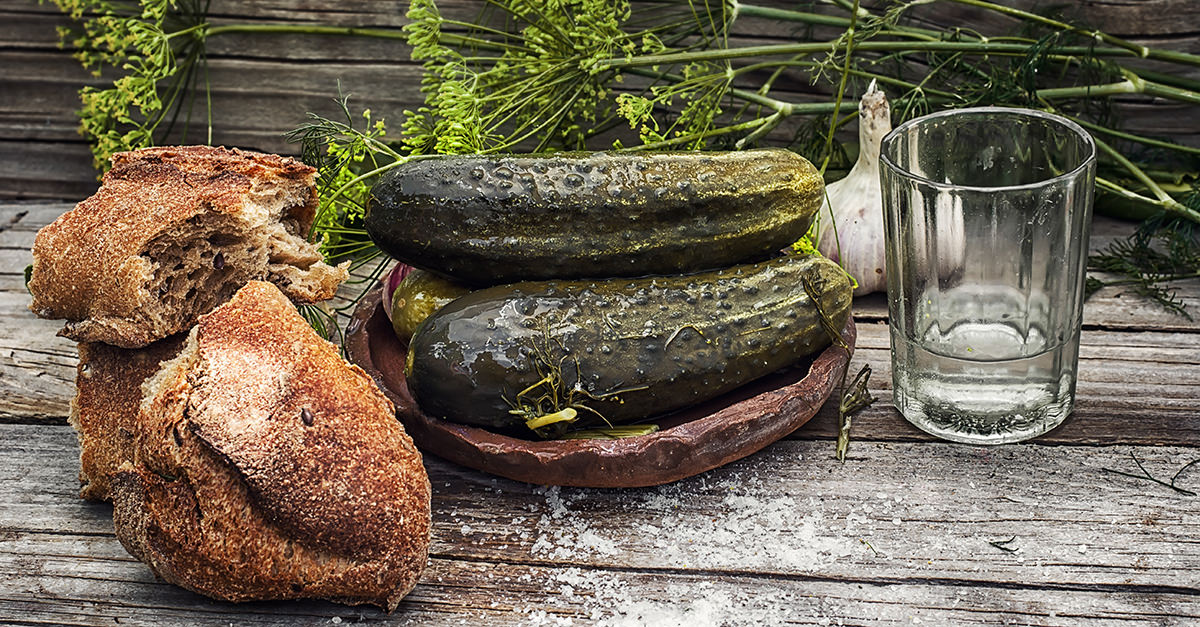We’ve all faced the joys, intimidation, and social anxiety of figuring out what beer or wine to pair with food. And we may think spirits are safe—that surely nothing so strong, or in the case of a cocktail nothing so specific in flavor profile—would be appropriate for food pairing. Right?
Actually, many spirits benefit from pairing with food, not just by fortifying your stomach against super high ABVs, but because certain food pairings can enhance the character of spirits, and vice versa. And believe it or not, the same is increasingly true for cocktails. Sure, most of us don’t go out for cocktails with a dinner party in mind, and among those of us who drink, we’re more likely to order wine or beer with our food than, say, a rich, boozy Manhattan. But cocktail and food pairings are an increasing trend, certainly not required reading but something to look out for if you’re curious.
So what are the rules of pairing spirits and food? As with wine and beer, there are no “rules”—your palate is king, queen, and court jester, it gets to decide—but there are some suggestions.
Spirits And Food
Spirits are a bit harder to pair with food than cocktails, mostly due to their higher alcohol content—flavor profiles and the sensation of “heat” can overwhelm nuances in the food. But that doesn’t mean it’s impossible. As we learn once we start really tasting spirits, they tend to have a lot of complexity of flavor, which means a lot of opportunity to marry spirit to dish. Think of the brininess of a peated Islay Scotch, or the caramel sweetness of a nice dark rum. Gin is highly botanical, with juniper and often citrus and spice flavors that could almost act as a seasoning to your food (think smoked salmon on rye bread). And bourbon has a gentle depth from aging in a charred oak barrel, making it an ideal (and not overpoweringly smoky) accompaniment to barbecue.
Even vodka, an aggressively “blank” spirit, can pair well with a meal. In fact, in Russia, vodka isn’t really paired with cranberry juice or club soda, but food. The “zakuski,” or “tastes” meal, is a traditional array of Russian appetizers meant to be consumed, almost tapas-style, alongside vodka. The clean, cold vodka goes down your gullet and you follow it with some fortifying pickled tomatoes, blini and caviar, or herring and mayonnaise. Most bars won’t have herring on hand, but if you’re drinking at home, try your icy vodka alongside something either rich or briny and see which you prefer.
Cocktails And Food
It might seem more complicated to pair mixed drinks with food, because there are more elements in the finished product. But actually it’s a bit easier, both because mixed drinks tend to be much lower ABV (usually around 20% or below, though that varies) and because mixed drinks tend to have more aggressively specific flavor profiles, with a sweetness, sourness, or bitterness, etc. that’s more readily discernible. Also—you can tweak mixed drinks to match your food, meaning if you want something light and acidic to go with, say, ceviche or tempura, you can actually build a cocktail from the ground up.
Mainly, you’ll want to pay attention to things like acidity and sweetness and any distinct flavors from the drink or dish. But another important thing to remember when pairing food and cocktails is not to overwhelm, on either side—food or drink shouldn’t be ridiculously complex if the other isn’t. It’s also wise to match textures, meaning don’t serve a heavy, sweet or powerfully alcoholic cocktail alongside a lighter dish, and don’t serve a light, refreshing cocktail alongside something like a Porterhouse.
But again, your palate rules here, so if you like a minty Mojito paired with a rack of lamb, go for it. After all, the mint will complement the lamb!
